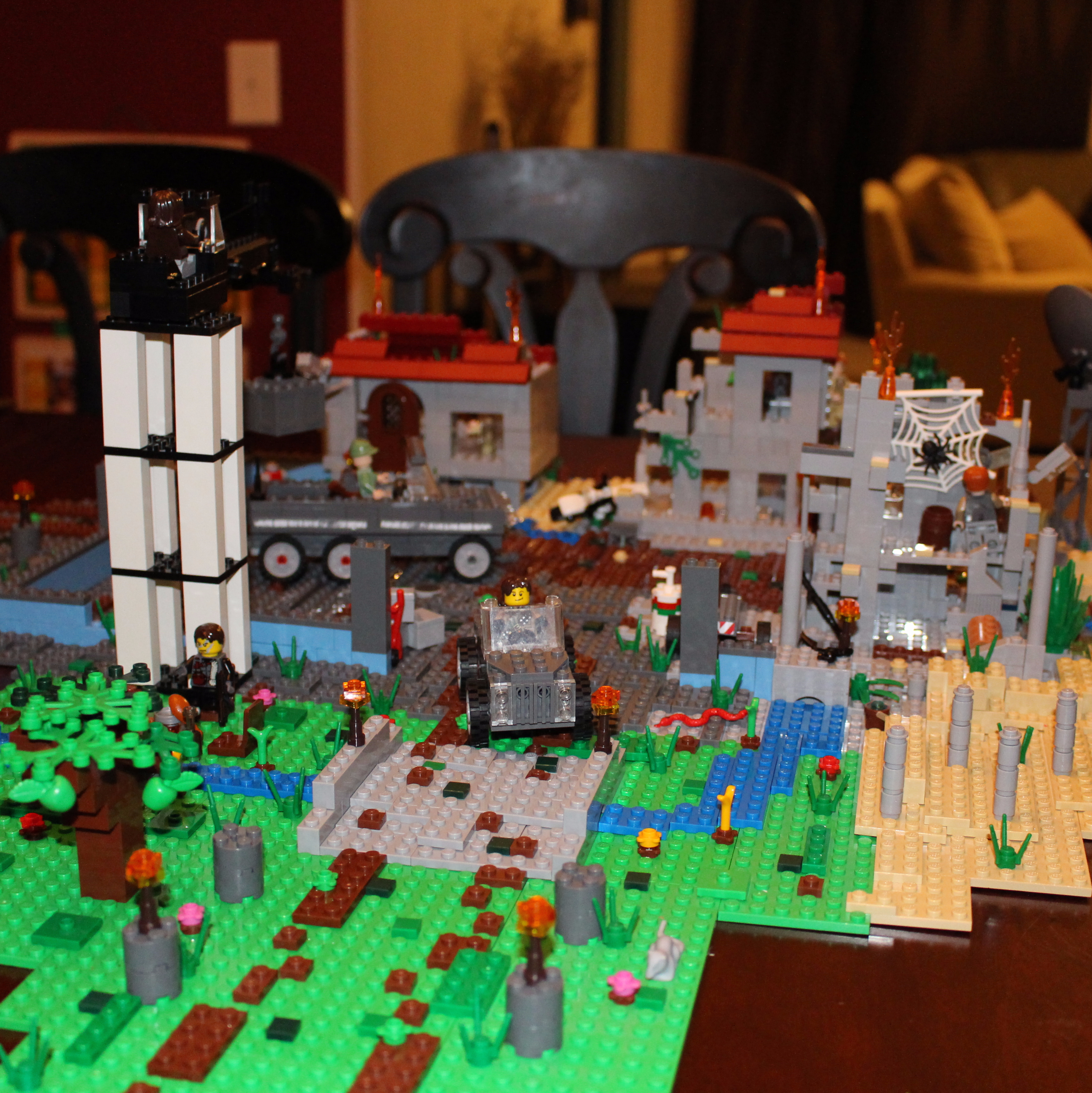Share how you will make sound effects for an animation
Create and record homemade sound effects for a short animation using safe household items and a phone, then edit and sync them to scenes.



Step-by-step guide to create and record homemade sound effects for an animation
Sounds in Scratch: Add, Record, and Use Text to Speech Blocks | Tutorial
Step 1
Watch the short animation all the way through to notice every moment that could use a sound effect.
Step 2
Write a short list in your notebook naming each sound and the scene or time where it should go.
Step 3
Collect the household objects you want to try for each sound and put them on a table.
Step 4
Choose a quiet room and make a small recording area with your objects on the table.
Step 5
Open the recording app so it is ready to record.
Step 6
Practice making each sound once or twice with the object to find the best loudness and distance.
Step 7
Record one sound effect at a time while keeping the action steady and clear.
Step 8
Save each recording and rename the file so the name matches the sound and scene on your list.
Step 9
Trim each recorded clip in the editing app to remove extra silence or mistakes.
Step 10
Import the trimmed sound clips into the animation editing timeline.
Step 11
Place each sound clip at the exact moment in the animation where it belongs.
Step 12
Adjust the volume of each clip and add a tiny fade in or fade out when needed.
Step 13
Export or save the finished animation with your new sound effects.
Step 14
Share your finished animation with sound effects on DIY.org.
Final steps
You're almost there! Complete all the steps, bring your creation to life, post it, and conquer the challenge!


Help!?
What can we use if we don't have a special recording app or microphone listed in the instructions?
Use your smartphone's Voice Memos or a free editor like Audacity for the 'open the recording app' and 'editing app' steps and record with the phone or earbud mic instead of a special microphone.
What should we do if our recorded sound effects are noisy, too quiet, or out of sync with the animation?
If clips are noisy or too quiet when you 'record one sound effect at a time,' move the object closer to the phone, record in a smaller quiet room with cushions to reduce echo, use the 'practice making each sound once or twice' step to set distance and loudness, and trim or re-record clips before placing them on the animation editing timeline.
How can I change the activity for younger or older kids so it's the right difficulty?
For younger kids have an adult help write the short list, collect household objects, and press record, while older kids can follow every step independently, trim each recorded clip, import into the animation editing timeline, and fine‑tune volume and fades themselves.
What are simple ways to improve or personalize the sound effects beyond the basic instructions?
To enhance the finished animation before you 'export or save,' layer multiple trimmed clips for richer effects, apply EQ or reverb in the editing app when you 'adjust the volume' and add fades, and include a custom credits slide before you 'share your finished animation with sound effects on DIY.org.'
Watch videos on how to create and record homemade sound effects for an animation
How To SOUND DESIGN | Step by step tutorial
Facts about sound design and Foley for kids
🥥 Coconut shells are a classic Foley trick — they’ve been used to mimic horse hooves in films for decades.
🥬 Crunchy vegetables like celery are often used in studios to create realistic 'bone-breaking' sounds for special effects (it's a harmless, creative trick!).
🎛️ Even a short animation can need hundreds of separate sound layers (footsteps, ambience, props, foley) to feel full and realistic.
📱 Many smartphones can record at CD-quality (around 44.1–48 kHz), so a quiet room and a phone make a great starter kit for DIY sound effects.
🎧 Most of the small sounds you hear in movies and animations (like footsteps and doors) are added after filming by Foley artists, not recorded on set.
How do we create and record homemade sound effects for a short animation using household items and a phone?
What materials do I need to make sound effects at home with a phone?
What ages is this homemade sound effects activity suitable for?
What are the benefits of making homemade sound effects for kids, and are there safe variations?


One subscription, many ways to play and learn.
Only $6.99 after trial. No credit card required



